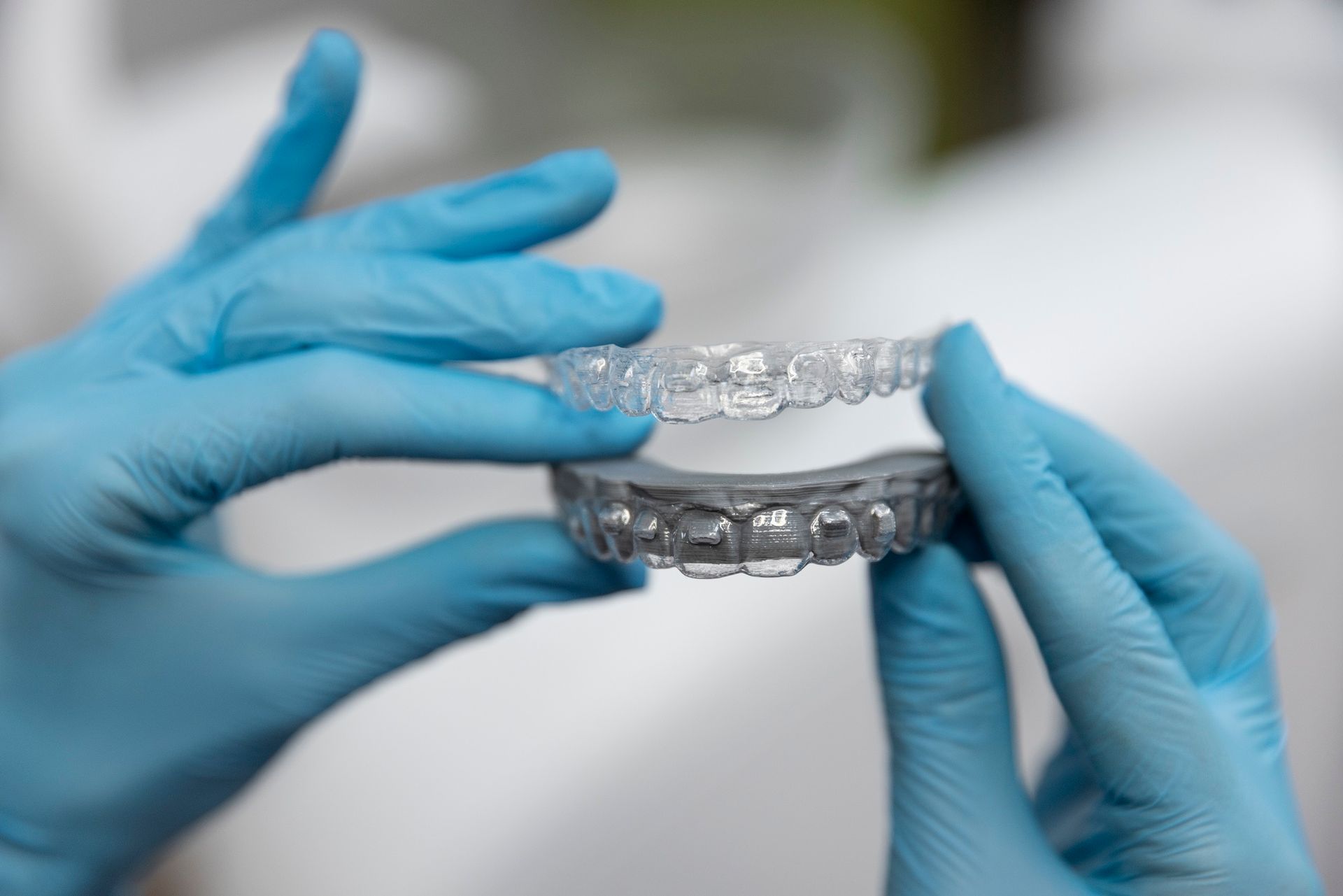Your Carlstadt dentist may recommend a root canal treatment to relieve pain and discomfort from a weakened or damaged tooth. In cases where a tooth experiences sensitivity to hot or cold substances, severe pain, gum tenderness, and gum swelling, a root canal is usually performed by root canal specialists to relieve symptoms, preserve, and restore the tooth’s function.
A root canal is a popular endodontic procedure that preserves the tooth and prevents tooth extraction. Read on to learn more about root canal treatment and a detailed guide that explains the root canal procedure step by step.
What Is A Root Canal?
A root canal procedure involves the removal of an infected dental pulp by root canal specialists. The dental pulp is removed to save a tooth that has been weakened or damaged due to infection. One of the major benefits of the root canal is that it can prevent the extraction of an infected or damaged tooth.
Why Do Dentists Provide Root Canals?
Assuming that a tooth is infected to the point that within mash needs expulsion, why not simply pull it? The last thing you believe should do is lose one of your teeth, and dental specialists utilize inventive measures to safeguard the regular tooth.
It’s not just about your grin. At the point when you pull a tooth, it influences your entire mouth. A portion of the things that you could insight into in the wake of losing a tooth include:
- Moving teeth
- More vulnerable jawbone
- Further tooth misfortune
- Trouble biting and talking
These affect both your oral wellbeing and general wellbeing and they uplift the gamble of greater tooth misfortune as soon as possible throughout everyday life.
When Is A Root Canal Needed?
When oral bacteria infiltrate the pulp inside your tooth, root canal therapy is required. This usually occurs when a cavity is left untreated for an extended period of time. It can also happen if your tooth is cracked or damaged as a result of trauma.
Symptoms That Indicate You May Need Root Canal Treatment
You may be unaware that you have an infected tooth in some cases. Many people, however, notice certain symptoms. The following are indications that you require a root canal:
- Tooth pain that won’t go away: Tooth pain can be caused by a variety of dental issues. If you are experiencing pain deep within your tooth, you may require root canal therapy. Your jaw, face, or other teeth may also be in pain.
- Heat and cold sensitivity: If your tooth hurts when you drink hot coffee or eat ice cream, you may need root canal treatment. This is particularly true if the pain lasts more than a few seconds.
- Swollen Gums: When a tooth is infected, pus can form in the surrounding area. This can result in puffy, swollen, or painful gums.
- Tooth Discoloration: Tooth discoloration occurs when the pulp of a tooth becomes infected, causing the tooth to appear darker. This is due to a lack of blood supply to the tooth.
- Pain When Pressure on Tooth: When you apply pressure to your tooth, you may experience pain. This could indicate that the nerves surrounding the pulp have been damaged.
- A chipped or cracked tooth: If you crack a tooth in an accident, while playing sports, or even by biting down on something hard, bacteria can enter the tooth pulp.
Step-By-Step Guide To The Root Canal Treatment
A root canal can be carried out successfully over two dental appointments. Discussed below are the stages in a root canal treatment.
- Your Carlstadt dentist will first perform a thorough dental examination. Dental x-rays may also be obtained. Your dentist will observe the extent of tooth decay and inflammation. A sensitivity test may also be performed.
- Local anesthetics are delivered to the tooth and surrounding tissue using a needle. These anesthetics numb the tooth and the surrounding area, ensuring minimal pain during the procedure. The root canal procedure is not started until the effects of local anesthesia have fully kicked in. Once the tooth and surrounding tissues are under local anesthesia, your endodontist may use a dental dam to isolate the infected tooth and keep it dry during the procedure.
- Removal of the infected pulp: To remove the infected pulp, a hole is drilled into the top of the tooth to enable access to the pulp chamber and dental root. Then, your Carlstadt dentist will thoroughly clean the root canals using surgical instruments. Your endodontist may also use antibiotics and antiseptics to make sure that every trace of infection is eliminated. Your endodontist will utilize files of varying diameters to remove the diseased root canals completely. After that, water or sodium hypochlorite removes any remaining bacteria. The tooth isn’t harmed following the removal of the infected pulp.
- Root canal specialists use a rubber-like material called gutta-percha to fill the dental canal. It is used after the pulp chamber has been fully dried and cleaned. Your endodontist will apply pressure on this material to ensure it fits properly against the walls. Adhesive element to ensure canals are properly sealed. Bacteria won’t enter a canal that has been adequately sealed.
- Tooth Restoration: A second dental appointment is required about a few weeks after the temporary filling is placed. Your root canal specialist will remove the temporary filling. A permanent filling is then used to restore your teeth to their normal strength. This can help protect your teeth against future infections.
What To Expect After A Root Canal
Some patients report edema, sensitivity, or inflammation two days after root canal treatment. Other patients experience an adverse reaction to the endodontist’s prescription or an uneven bite. Almost often, a second dental appointment is required, irrespective of symptoms.
Root canal procedures help to preserve and restore the function of an infected or damaged tooth. With a root canal treatment, an infected tooth can be saved with a root canal treatment without needing a tooth extraction. Get in touch with A Trusted Family Dentist in Carlstadt, New Jersey – Dr. Rizzo at Smiles By Rizzo today to learn more about root canal treatment and other endodontic procedures.




